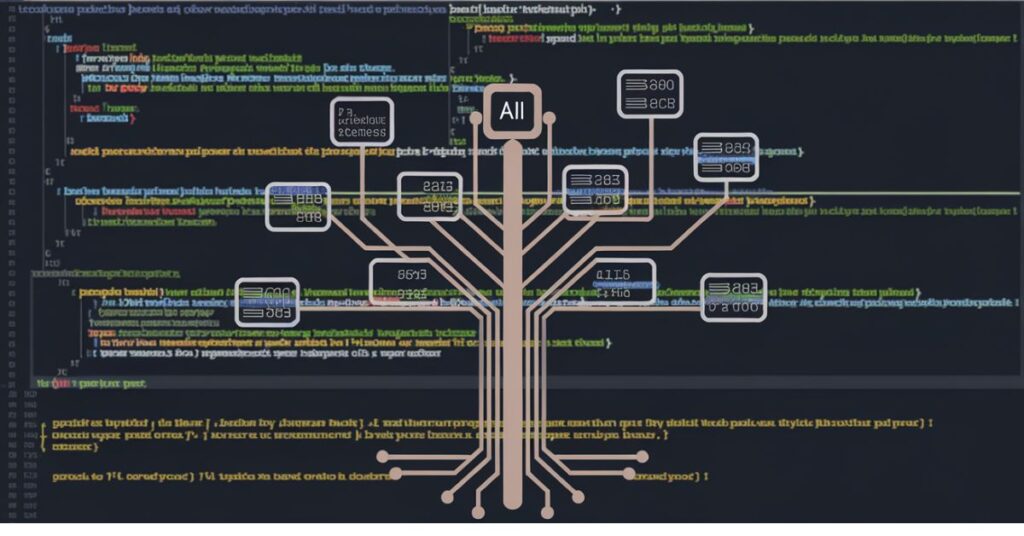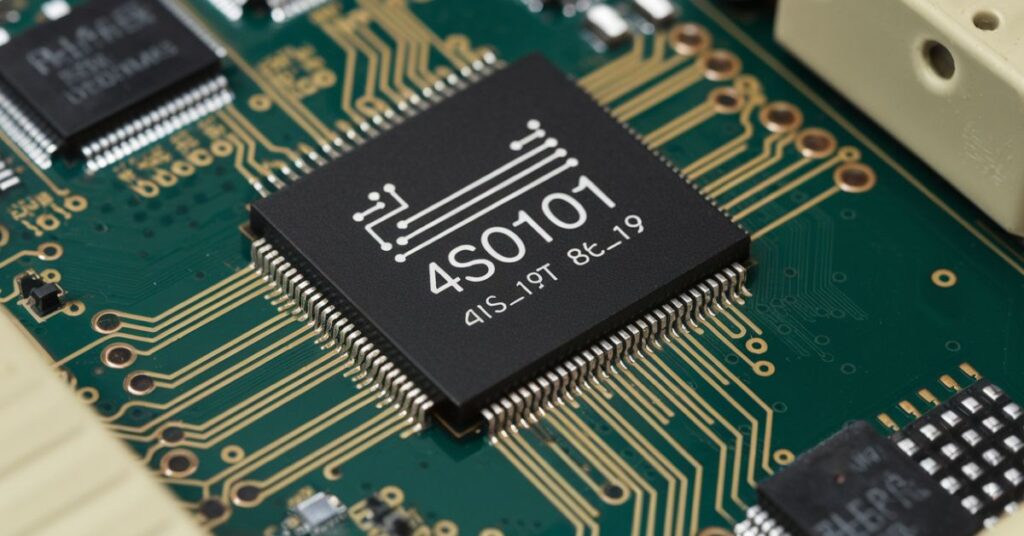In today’s quickly changing technological environment, hierarchical data structures and embedding techniques are essential for improving machine learning applications, data retrieval, and software performance. Innovative solutions are required as companies and developers look for more effective ways to process complicated data.
The idea of Software EmbedTree, which combines embedding methods with tree-based structures to improve data representation, software analysis, and AI-driven decision-making, is examined in this article. Developers, data scientists, and tech enthusiasts can use this method to increase accuracy and efficiency in a variety of applications by comprehending how it operates.
We will dissect the foundations of Software EmbedTree, talk about its practical uses in database administration, software development, and machine learning, and examine the capabilities, difficulties, and prospects of this new technology.
Core Concepts
Understanding Embedding Techniques in Software
Numerical representations of data in a continuous vector space are called embeddings. They are frequently used in natural language processing (NLP) and machine learning to transform structured or categorical data into a format that models can understand.
Word2Vec, GloVe, and FastText are examples of traditional embedding methods that concentrate on vector representations for words or flat data. But hierarchical data necessitates a different strategy—one that maintains structural integrity and parent-child relationships.
Tree-Based Structures in Computing and Data Science
Data is arranged in a parent-child relationship using tree-based structures including decision trees, XML/JSON data formats, hierarchical clustering, and Abstract Syntax Trees (ASTs). They make it possible to search, sort, and process hierarchical data efficiently. To manage intricate interactions within datasets, these structures are frequently utilized in software engineering, machine learning, and data science.
Relationship Between Embedding and Hierarchical Data
Software EmbedTree uses embedding techniques to provide a concise, effective, and meaningful representation of hierarchical data. Software EmbedTree uses methods like tree-LSTMs, graph neural networks (GNNs), and recursive neural networks (RvNNs) to create more organized and interpretable embeddings than typical embeddings, which frequently have trouble maintaining hierarchical links.
Applications of Software EmbedTree
Data Science & Machine Learning
Embedding tree structures for AI models: Through their ability to capture hierarchical connections in data, tree embeddings enhance feature learning.
Semantic analysis: Hierarchical embeddings help NLP programs parse intricate syntactic and semantic links.
Graph-based learning: Graph-based algorithms can be improved for improved pattern identification with software EmbedTree.
Software Development
Abstract Syntax Trees (ASTs) for code analysis: Software engineers can examine code structure, find irregularities, and enhance code generation models by integrating ASTs.
Performance optimization: Through decision-making improvement and the identification of superfluous structures, hierarchical embeddings aid in software architecture optimization.
Database & Information Retrieval
Tree-based indexing: Storage optimization and search efficiency are enhanced by the use of hierarchical embeddings.
Query optimization: In large-scale databases, structured representations allow for quicker and more precise information retrieval.
Visualization & Analytics
Interactive exploration of hierarchical embeddings: EmbedTree software uses sophisticated visualization techniques to enable deep insights into data.
Real-world case studies: Tree-based embeddings are used by sectors like cybersecurity, healthcare, and finance to enhance risk assessment and decision-making.
Tools & Frameworks
PyTorch-based tree embeddings: Processing tree topologies through the use of deep learning models.
TensorFlow and GNN-based libraries: Deep learning models are used to process tree topologies.
Open-source tools: Hierarchical embedding techniques are fundamentally supported by libraries like FastText, Gensim, and Scikit-learn.
Comparison with traditional techniques: Software EmbedTree preserves parent-child structures, which results in more contextualized representations than flat embeddings.
Challenges & Limitations
Scalability Issues: Software EmbedTree preserves parent-child structures, which results in more contextualized representations than flat embeddings.
Interpretability Concerns: Keeping embeddings comprehensible and explicable for real-world uses.
Computational Efficiency: When working with intricate hierarchical embeddings, memory and processing time optimization are crucial.
Domain Adaptation: It is still difficult to generalize tree-based embeddings to other datasets.
Future Trends & Research Directions
Advancements in Hierarchical Embedding Techniques: The goal of ongoing study is to enhance embeddings’ structural preservation.
Integration with Generative AI and Deep Learning: Software EmbedTree’s usage in cutting-edge AI applications like transformer-based architectures and generative models is being expanded.
Potential Business and Industrial Applications: Hierarchical embeddings are revolutionizing data processing techniques in industries ranging from healthcare to finance.
Hybrid Approaches: To increase flexibility in the real world, tree embeddings are combined with deep graph networks, reinforcement learning, and symbolic AI.
Conclusion
Software EmbedTree is a new method that improves data retrieval, computing efficiency, and AI-driven analysis by fusing embedding techniques with hierarchical structures. Developers and data scientists can enhance machine learning models, optimize software applications, and open up new data science opportunities by utilizing its capabilities.
Software EmbedTree is a novel approach that combines hierarchical structures and embedding techniques to enhance data retrieval, processing efficiency, and AI-driven analysis. By leveraging its capabilities, developers and data scientists can improve machine learning models, optimize software applications, and create new opportunities in data science.
FAQs
What is Software EmbedTree?
Programming Using tree-based data structures and embedding techniques, EmbedTree enhances the way hierarchical information is represented and processed in AI and software applications.
How does Software EmbedTree differ from traditional embeddings?
Software EmbedTree is perfect for structured data such as decision trees, ASTs, and hierarchical clustering because it maintains hierarchical links, in contrast to standard embeddings that concentrate on flat data representations.
What are some common applications of Software EmbedTree?
Applications include database indexing, query optimization, software development (AST analysis), AI-driven decision-making, and hierarchical visualization methods.
What challenges does Software EmbedTree face?
Scalability, interpretability, computing efficiency, and generalizing across domains without losing structural information are among the difficulties.
What are the future trends in hierarchical embeddings?
In order to improve real-world applicability, future trends include combining tree embeddings with generative AI, reinforcement learning, and hybrid symbolic-AI models.



